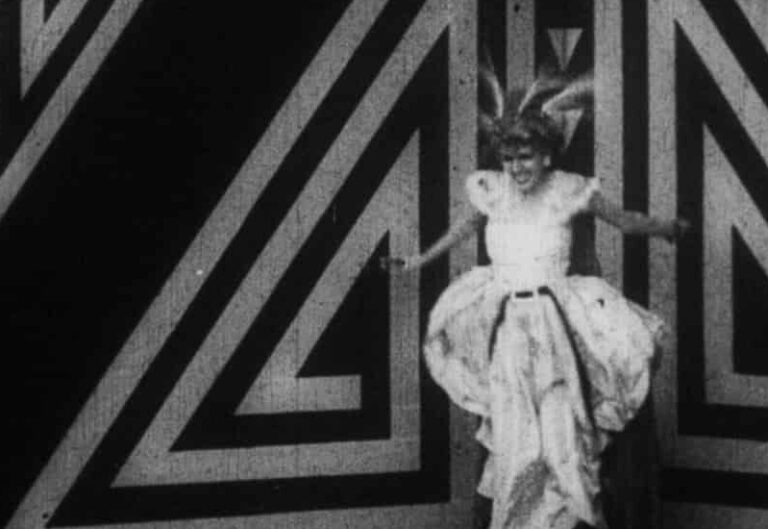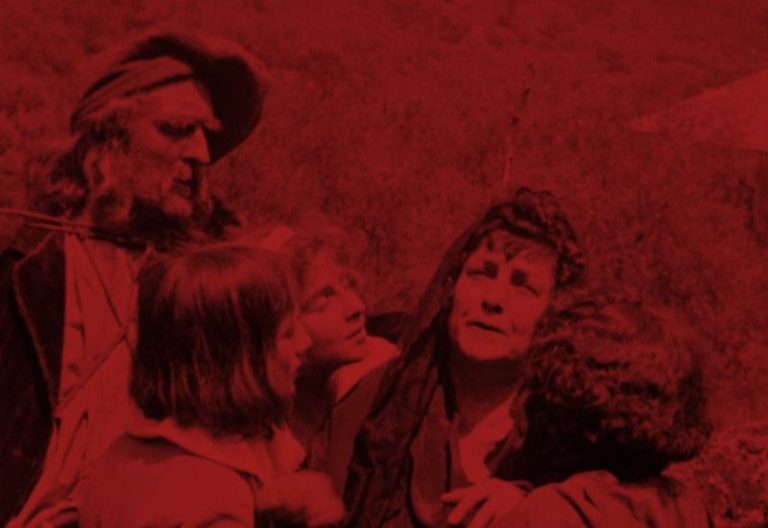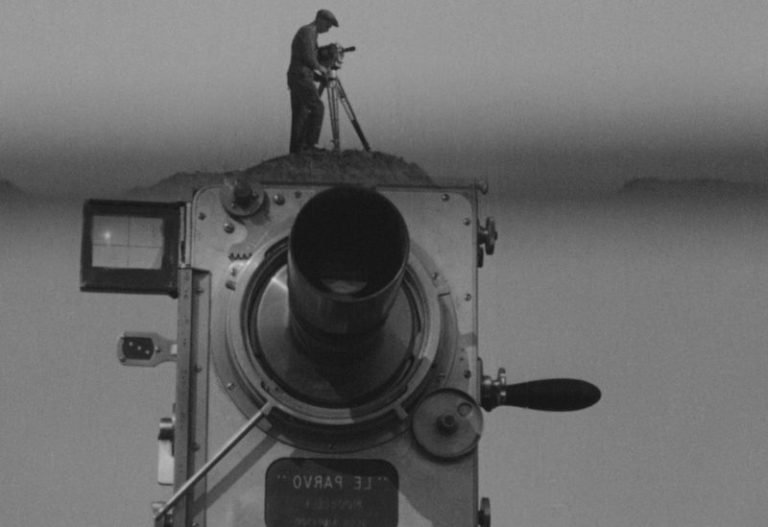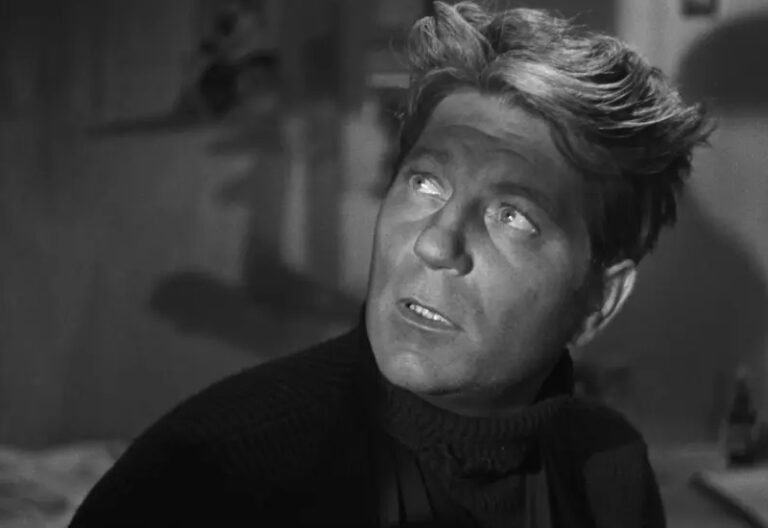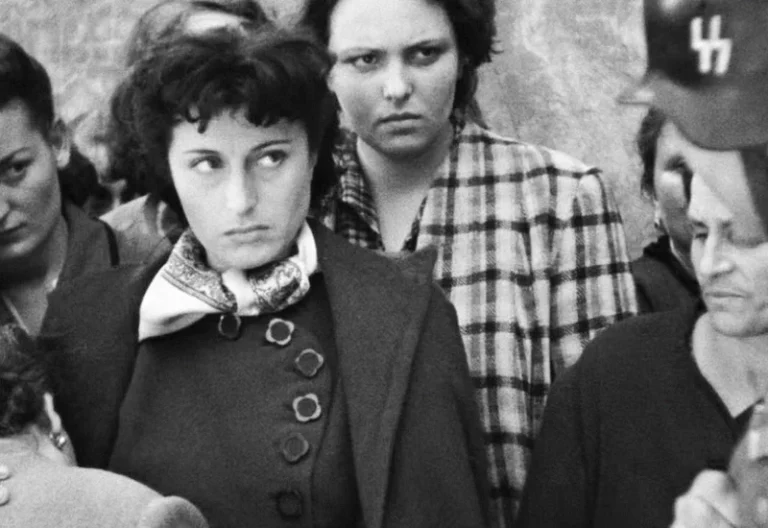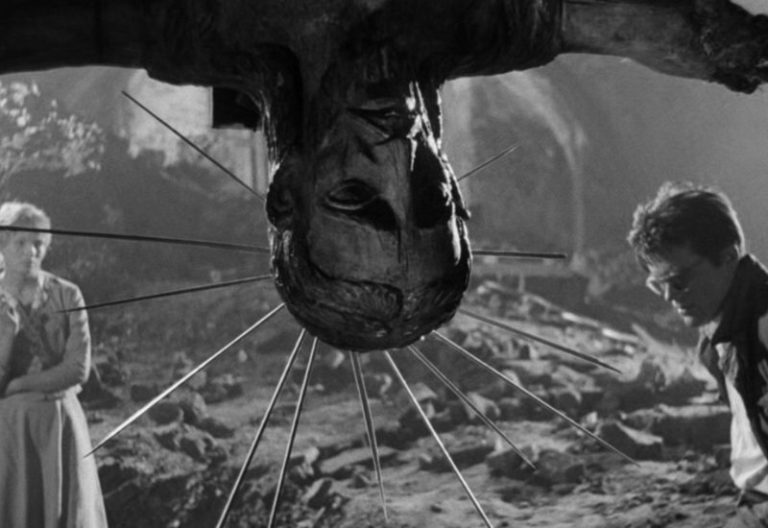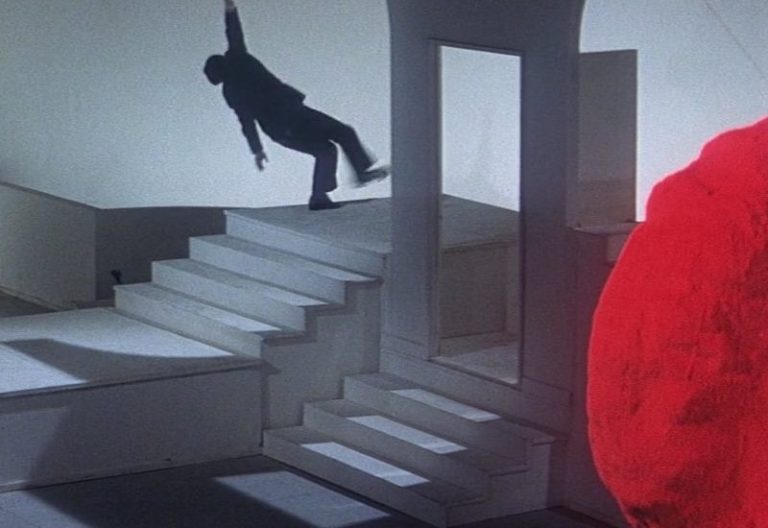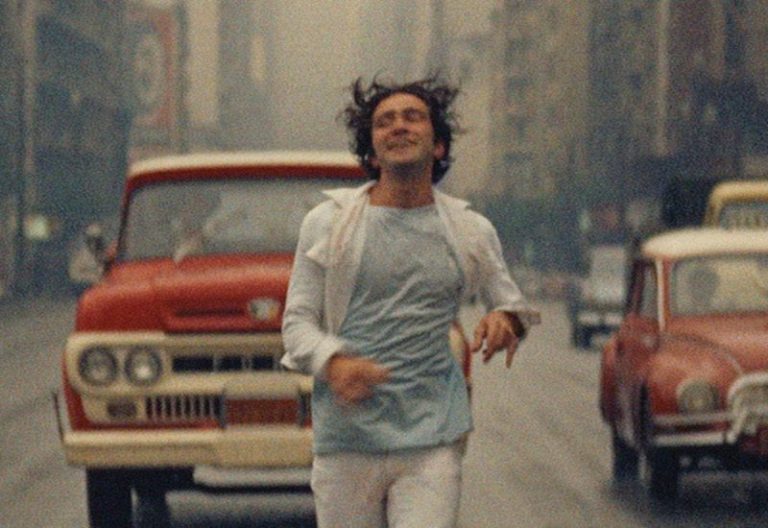film movements
A film movement signifies a wave of cinematic works, usually following a particular trend in cinema, shaped by and reflecting the time, people, culture, and political events of the region from where it emerged. Often these movements are instigated by filmmakers or film critics who develop concepts through discussions on how to create films.
1880s - 1950s
Starting with the initial screenings of films in 1895 and extending into the nickelodeon craze of the 1900s, cinema emerged as a thrilling spectacle designed to astonish, captivate and occasionally provoke its viewers. This period marks the inception of cinema as we recognize it in the present day - the birth of cinema!
Long before the now-famous Italian Neorealism movement, Italian Futurism in cinema arose as an avant-garde force in the early 20th century. This movement was renowned for its radical departure from traditional artistic forms, embracing modernity, technology, and dynamic movement. While most commonly associated with visual arts and literature, Italian Futurism also made significant, though less widely recognized, contributions to cinema.
Influential film movement that unfolded during the early 20th century in Germany. Characterized by its distinctive visual style, psychological depth, and exploration of dark and unsettling themes, German Expressionism revolutionized filmmaking. The movement's use of distorted sets, dramatic lighting, and surreal narratives left an indelible mark on cinema, influencing genres ranging from horror to film noir and inspiring filmmakers worldwide.
French Impressionism can be considered the catalyst for the scholarly examination of cinema. This movement ventured into unconventional methods, including non-linear editing, inventive lighting, depicting dreamlike sequences and fantasies, and other creative approaches to narrate stories from a protagonist’s point of view. It also provided a platform for female directors like Germaine Dulac to make their mark in a male-dominated industry, addressing themes of gender and sexuality with nuance and boldness.
Surrealist cinema originated in the 1920s as an extension of the broader Surrealist art movement, which itself grew out of the Dada movement that arose during and after World War I. The devastation of the war led many artists and intellectuals to reject traditional values and forms of expression. This rejection was crystallized in the Dada movement, which emphasized absurdity, spontaneity, and anti-bourgeois sentiment.
The idea of Soviet Montage theory was first brought up by director Lev Kuleshov, that an idea or an emotion might not be adequately expressed in a single frame. Two distinct images can be seen by the audience, who subconsciously assigns them a larger context. His method altered how time and space were merged into films, leading to the development of the "montage" that still influence modern film, and was important throughout cinematic history.
Poetic Realism is not as tightly unified as French Impressionism or Soviet Montage, and is more of a tendency than a film movement. Poetic Realism didn't aim for the "socio-realism of the documentary", but rather "recreated realism," stylized and studio-bound. Main characters of the movement typically lives on the periphery of society, either as unemployed members of the working class or as criminals, reflecting their fatalistic outlook on life.
Film noir emerged in the early 1940s as a distinctive style within American cinema, marked by its dark, moody aesthetics and cynical narratives. The term “film noir,” meaning “black film” or “dark film” in French, was coined by French critics in the post-World War II era, who observed the emergence of American crime dramas with shadowy visuals and themes of moral ambiguity. Thematically, film noir explores the darker aspects of human nature and society. Central to many noir films is the figure of the anti-hero, a protagonist who is often morally ambiguous and deeply flawed.
Italian Neorealism was a revolutionary movement that unfolded in post-World War II Italy. It prioritized authentic storytelling, depicting the harsh realities of everyday life and the struggles of ordinary people. Characterized by the use of non-professional actors, real locations, and a focus on social issues, Italian Neorealism aimed to capture the real world struggles in the aftermath of World War II, and did so to great effect, making Italian Neorealism a cornerstone of film history.
A significant film movement that originated in Indian, Parallel Cinema movement started as a response to the dominance of mainstream Bollywood cinema. Rooted in realism, social commentary and experimental storytelling, it sought to authentically depict everyday life and address societal issues. Filmmakers of this movement used non-professional actors and real locations, providing a stark contrast to the glamour of Bollywood. Parallel Cinema was heavily influenced by Italian Neorealist cinema.
Characterized by its innovative storytelling, intellectual depth and strong artistic expression, Polish Film School produced some of the most celebrated filmmakers in cinematic history. Pioneers like Andrzej Wajda, Andrzej Munkand and Krzysztof Kieslowski crafted films that offered profound insights into the human condition, often through allegorical and symbolic narratives.
Or La Nouvelle Vague, was a groundbreaking cinematic movement that emerged in the late 1950s, and flourished in the 1960s in France. It revolutionized filmmaking by prioritizing authenticity, innovation, and narrative experimentation. The French New Wave directors challenged traditional cinematic conventions, using natural lighting, location shooting, and non-linear narratives to capture the immediacy of life on film. Their works regularly featured inter-textual references to other films and filmmakers, adding depth and layers to their creations.
Characterized by its rebellion against established norms, the Japanese New Wave featured directors like Nagisa Oshima and Shohei Imamura, who explored controversial themes, social issues, and unconventional narrative techniques. Films of this movement challenged societal taboos and political structures, offering a fresh perspective on Japanese culture and identity. The Japanese New Wave's bold experimentation left a lasting impact on global cinema, inspiring a new generation of filmmakers and contributing to the evolution of Japanese cinema.
Both movements unfolded in the late 1950s, they shared a common goal of capturing reality in its most unfiltered form. Direct Cinema, pioneered in the United States, used lightweight equipment to observe events spontaneously, offering an untouched and authentic experience. Cinema Verite, originating in France, embraces a more subjective and participatory approach, acknowledging the filmmaker’s presence and allowing for interpretations.
Cinema Novo is a film movement noted for its emphasis on social equality and intellectualism that rose to prominence in Brazil during the 1960s and 1970s. Formed in response to class and racial unrest both in Brazil and the United States, and heavily influenced by Italian Neorealism and French New Wave. Films produced under the ideology of Cinema Novo opposed traditional Brazilian cinema, which consisted primarily of musicals, comedies and Hollywood-style epics.


